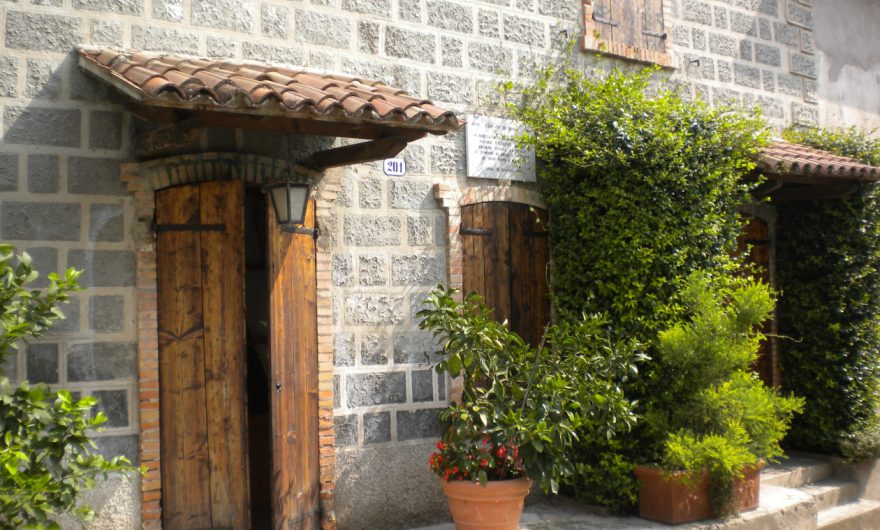
Giuseppe Lugo was born in Rosolotti near San Giorgio in Salici, a hamlet near Sona, in the vicinity of Verona, June 18, 1899, and moved still very young to Milan, where he earned his living doing the most menial jobs. Then he emigrated to Belgium, where since 1920 he worked in a coal mine. His voice, however, was not affected by the tremendous fumes, and it remained beautiful and rich in color, as to recall the one of Beniamino Gigli. One evening, by chance, Mr Léon Gaudier, the director of a local choir, heard him and from that time he became his pupil. He returned to Milan, where an employee of Ricordi, once he happened to hear him singing, brought him to the attention of Mr Raffaele Tenaglia.
He made his debut at the Opéra-Comique in Paris October 6, 1931 in the role of Mario Cavaradossi in Tosca, and he sang successively in various cities in Europe, thus attracting the attention of the Italian opera houses.
From that moment, his short but fruitful career took place mainly in Italy, where he quickly became one of the leading tenors of the national opera scene. He sang in the best theaters in our country and, above all, at the Arena di Verona, where he surprised the audience with a memorable performance of the Duke of Mantua in Rigoletto (the chronicles of the time, in fact, speak of a truly epochal event).
In the meanwhile, Mr Lugo had also taken part in several films. He started his career on the big screen in 1939 with “La mia canzone al vento” by Guido Brignone (he sang the famous song with the same name, which made him famous, but was censored by Mussolini). He ended his career on the big screen in the movie “Senza una donna” of Alfredo Guarini in 1943.
He retired from the scene after a last performance of Tosca at Teatro Manzoni in Pistoia in 1949 and then enjoyed agriculture for many years in his home country. He lived in Custoza in the house originally called “Villa Canossa” and which he renamed “Villa Vento”, in honor of the song that had brought him such a popularity.
Giuseppe Lugo died in Milan September 18, 1980.
Every year, in summer, the Town Hall of Sona celebrates his memory by organizing a singing event near his birthplace.
From Verona and Peschiera del Garda, along the regional road nr. 11, near the hamlet Crocette / at the intersection with Via Platano, take the directions for San Giorgio in Salici. From San Giorgio in Salici, follow the signs for San Rocco; at the intersection, follow the signs for Rosolotti. The house of Giuseppe Lugo is located 100 mt. after Locanda Trattoria al Pigno, on your right.
A4 motorway “Venice-Milan”: exit “Sommacampagna”, at the roundabout, turn left towards Sona / Bussolengo. After about 4 km, continue towards Bussolengo; after the underpass, turn right for the regional road nr. 11 in the direction of Peschiera del Garda. At the hamlet Crocette / intersection with Via Platano, take the directions for San Giorgio in Salici. From San Giorgio in Salici, follow the signs for San Rocco; at the intersection, follow the signs for Rosolotti. The house of Giuseppe Lugo is located 100 mt. after Locanda Trattoria al Pigno, on your right.
A22 motorway “Brennero-Modena”: exit “Verona Nord”, direction “Peschiera del Garda” – regional road nr. 11. At the hamlet Crocette / intersection with Via Platano, take the directions for San Giorgio in Salici. From San Giorgio in Salici, follow the signs for San Rocco; at the intersection, follow the signs for Rosolotti. The house of Giuseppe Lugo is located 100 mt. after Locanda Trattoria al Pigno, on your right.
Private, not visitable.
Private, not visitable.